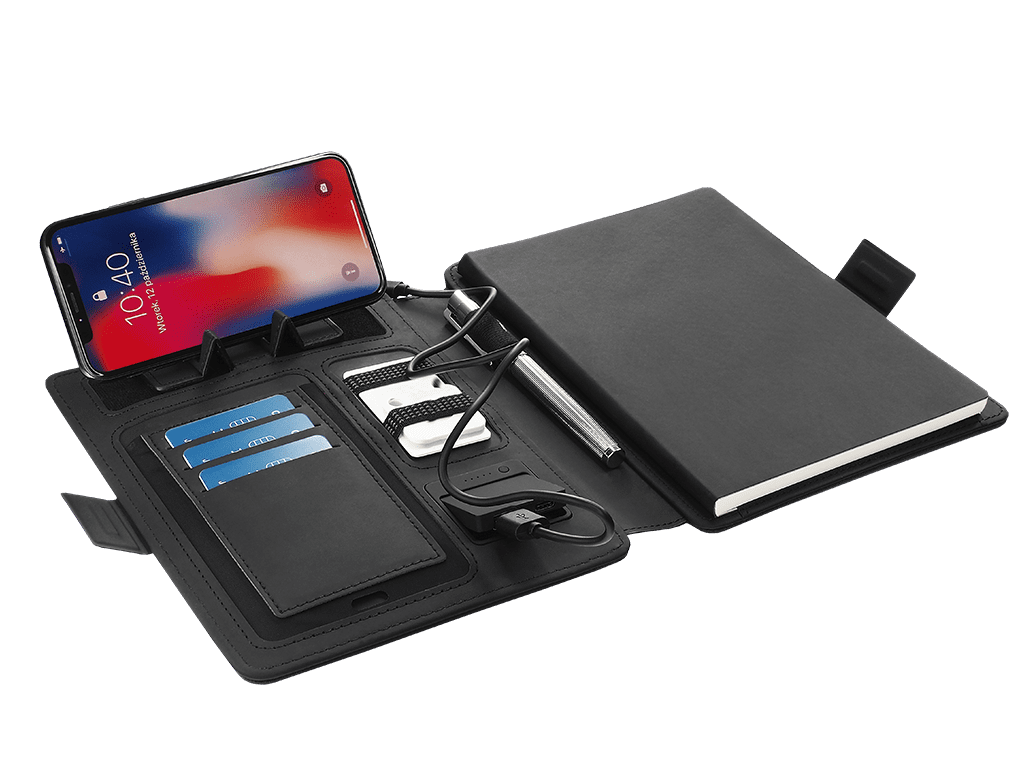Produtos: Encontrado {{ searchResultsCount }} - Mostrar tudo
Verificar se introduziu corretamente o que procura.
Categorias: Encontrado {{ categorySearchResults.length }}

Série de felizes coincidências
As perovskitas foram descobertas nos Urais na década de 1930. E foi só. Embora se soubesse que absorviam a luz solar e conduziam bem a eletricidade, não eram utilizadas para fins científicos. Até que Olga Malinkiewicz começou a fazer experiências com elas para criar um novo tipo de célula fotovoltaica. Inicialmente, a sua equipa tentou utilizar as perovskitas da mesma forma que os painéis convencionais de silício cristalino - sobre vidro. No entanto, para produzir um painel deste tipo, precisavam de um forno que pudesse atingir temperaturas de 500 graus Celsius. Como na universidade onde trabalhavam não existia esse forno, a ideia de Olga foi fazê-lo numa base flexível e sem altas temperaturas. Foi o dia que revolucionou a abordagem ao armazenamento de energia solar.

Onde está o bisonte?
Os novos painéis solares têm um décimo da espessura de um cabelo humano e têm uma absorção de luz (e, por conseguinte, uma eficiência) muito melhor do que os painéis de silício. Absorvem mesmo a luz artificial! Consequentemente, a gama de soluções de painéis solares que poderão ser introduzidas no mercado no futuro é extremamente vasta. Poderá ser possível revestir carros, camiões e fachadas de edifícios com perovskites. Ou utilizá-las na construção de janelas e velas de barcos.
Os bisontes da floresta de Bialowieza já estão a usar coleiras GPS revestidas com perovskite. Isto significa que as baterias já não são necessárias e que as manadas podem ser melhor controladas e monitorizadas. Este é apenas o começo!

Estamos à espera do Prémio Nobel!
A cereja no topo do bolo é o aspeto ambiental do fabrico de painéis de perovskite. Não há resíduos no processo de produção e a pegada de carbono é dez vezes menor do que a dos painéis solares convencionais. O armazenamento e a reciclagem destes painéis tornar-se-ão em breve um grande problema. As células inventadas por Olga Malinkiewicz são fáceis de eliminar, bastando queimá-las num forno com um filtro de fumo.
Um dia, iremos certamente oferecer um organizador revestido a perovskite. Mas, até lá, iremos contar com outra forma de armazenamento de energia - o banco de energia, que continua a ser indispensável em muitas situações.
Antecipando o Prémio Nobel para Olga Malinkiewicz, o nosso organizador com power bank vai ajudá-lo a manter-se online.

Organizador de bancos de potência HERMANO 547130
Tamanho: (A5) 18 x 22,5 cm
Materiais: Couro PU Merida, Tela
• 3 bolsos para cartões de crédito
• Bolso para telemóvel
• Bolso exterior
• Banco de potência de 5000 mAh, classe A
• Banco de potência com ficha universal
• Suporte para tablet
• Laço para caneta
• Pegas para dispositivos
• Fecho magnético
• Inclui um bloco de notas substituível
• Caixa de papel incluída
• Carregamento sem fios

Pasta para banco de potência 893091
Tamanho: (A4) 24 x 30,5 x 2 cm
Materiais: Couro PU de madeira
• 2 bolsos para documentos
• 6 bolsos para cartões de crédito
• Bolso para bloco de notas
• Bolsa para ecrã tátil
• Bloco de notas pautado com 20 folhas
• Banco de potência de 4000 mAh, classe A
• Banco de potência com ficha universal
• Laço para caneta
• Pegas para dispositivos
• Indicador do nível de carga
• Fecho magnético
• Caixa de papel incluída

